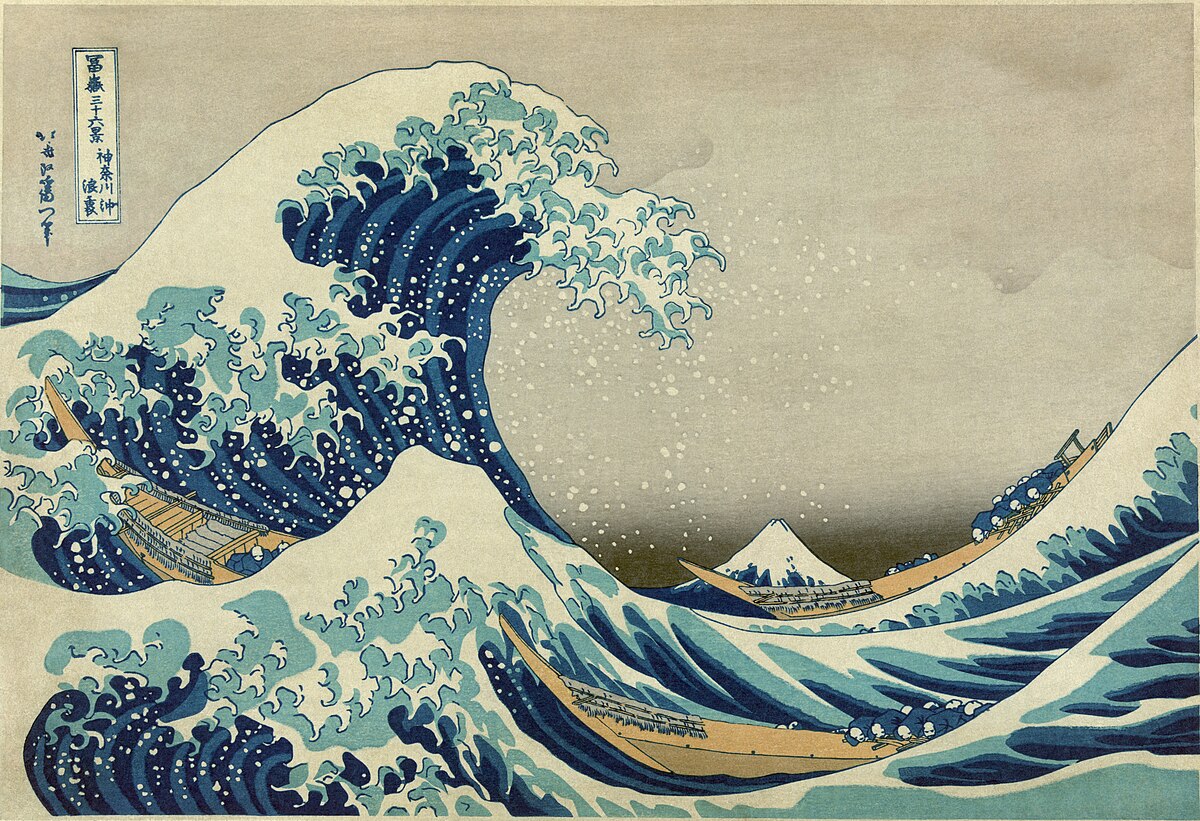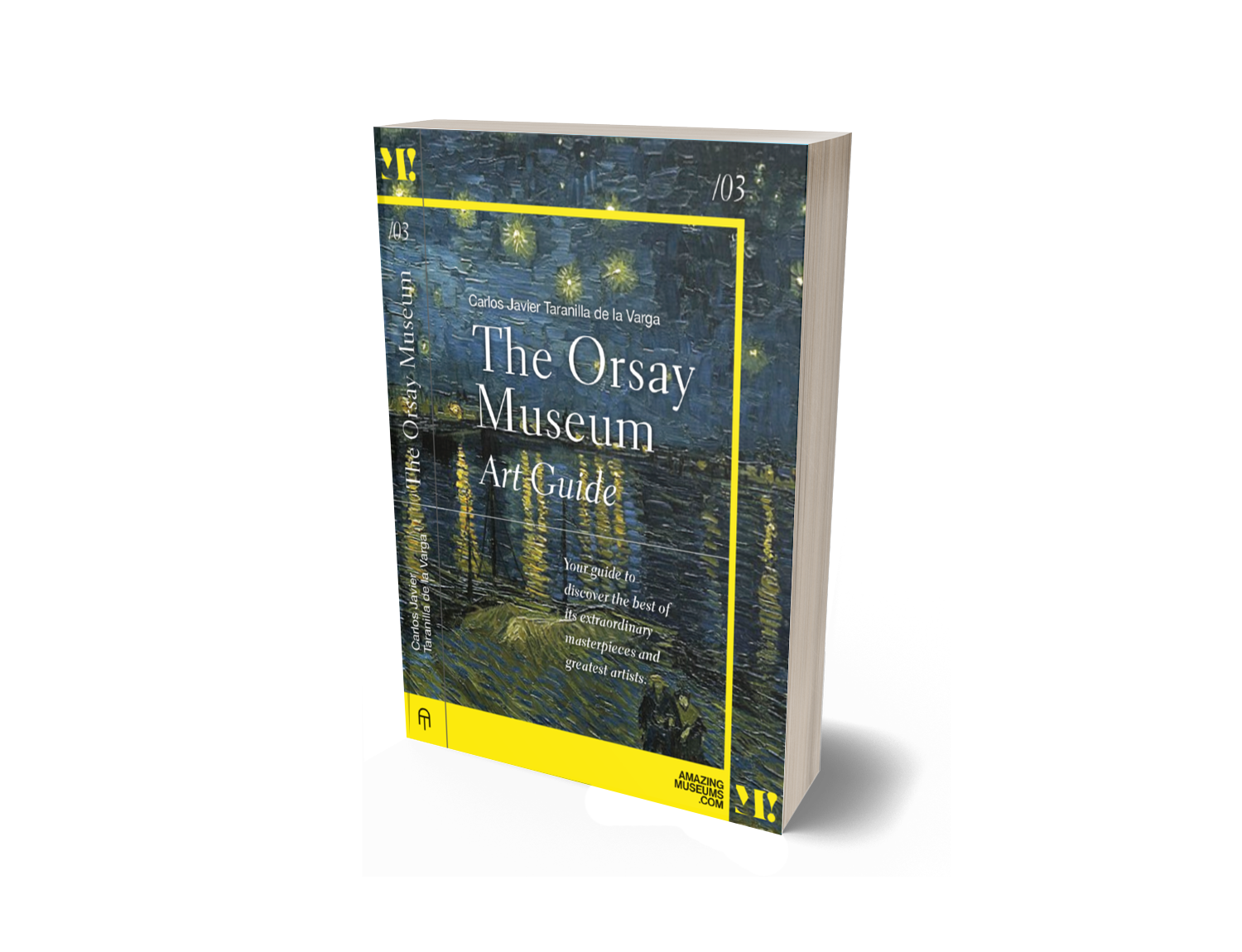
Japanese art and Impressionism
Impressionism is one of the most important art movements in history, and one of the most influential in modern painting. But what many people don't know is that Impressionism was largely influenced by Japanese art. In this article, we will explore the influence of Japanese art on Impressionism and how this influence can be seen in the works on display at the Musée d'Orsay.
Japanese and European art
Japanese art arrived in Europe in the second half of the 19th century, thanks to trade exchanges with Japan. European artists were impressed by the style and techniques used in Japanese art, and began to incorporate them into their own work. The Impressionists, in particular, were greatly influenced by Japanese art, and this can be clearly seen in their works.
One of the main influences of Japanese art on Impressionism was the technique of ukiyo-e, which translates as "paintings of the floating world." This technique is characterized by the use of clear, precise lines, bright, flat colors, and the depiction of everyday scenes of Japanese life. The Impressionists adopted these techniques and applied them to their own works, resulting in a completely new style of painting.

*The Great Wave of Kanagawa, by Katsushika Hokusai, the most iconic work of ukiyo-e.
Another important influence of Japanese art on Impressionism was the depiction of nature. Japanese artists focused on the natural beauty of the world around them, and this was reflected in their works. The Impressionists adopted this idea and began to depict nature in a more realistic and direct manner, using bright colors and loose brushstrokes to create a sense of movement and life.
Japan, Impressionism and the Musée d'Orsay
At the Musée d'Orsay, you can see many works that reflect the influence of Japanese art on Impressionism. For example, Claude Monet's "The Artist's Garden at Giverny" is a painting that clearly shows the influence of ukiyo-e on the technique of Impressionism. The work depicts the garden that Monet cultivated in his country home, using bright colors and precise lines to bring flowers and nature to life.
Another work that reflects the influence of Japanese art on Impressionism is Vincent van Gogh's "Café Terrace at Night". This painting depicts a scene of Paris nightlife, using bright colors and loose brushstrokes to create a sense of movement and life. The work also uses the ukiyo-e technique to depict the details of the cafe's architecture and furnishings.

*Vincent van Gogh's "Café Terrace at Night".
In conclusion, the influence of Japanese art on Impressionism was fundamental to the development of this artistic movement. The ukiyo-e technique and the representation of nature are just two examples of how Japanese art influenced the Impressionists and how this influence can be seen in the works on display at the Musée d'Orsay.
If you want to learn more about other Impressionist works, we recommend "Musée d'Orsay Art Guide", our book about the museum that houses the largest amount of Impressionist work in the world, as well as a must-have art guide to discover and learn the essentials of the great works, artists and styles at the Musée d'Orsay, available soon.

